Are you looking to enhance your gardening skills and create a thriving, healthy garden? Organic vegetable gardening offers a sustainable and natural approach to growing your own fruits, vegetables, and herbs. Not only does it promote healthier plant growth, but it also results in tastier and nutrient-rich produce. Whether you’re a seasoned gardener or new to the hobby, this guide will provide you with valuable insights to help you get started. From choosing the right soil and planning your garden layout to mastering seed selection and effective pest control, we’ve got you covered. Discover how to grow organic vegetables successfully, ensuring bountiful harvests year after year while benefiting the environment and your health. Let’s dive into the world of organic gardening and unlock the secrets to a productive and eco-friendly garden.
Key Takeaways
– Organic veggies boost nutrition and reduce chemical exposure – Enjoy higher levels of nutrients and fewer harmful pesticides.
– USDA Organic certification ensures stricter standards and sustainability – Rigorous regulations protect soil health and reduce environmental impact.
– Understanding the Dirty Dozen helps optimize farm productivity – Identify less suitable crops and adopt tailored strategies for better yields.
What is an organic vegetable garden?
An organic vegetable garden is a sustainable gardening approach that avoids the use of synthetic chemicals, such as pesticides, herbicides, and synthetic fertilizers. This method focuses on natural processes like composting, mulching, and crop rotation to maintain soil health and plant vitality. By rejecting genetically modified organisms (GMOs) and artificial additives, organic gardening promotes environmental sustainability and enhances biodiversity.
Key practices in organic gardening include:
- Composting : Adding organic matter like kitchen scraps or manure to improve soil fertility and reduce reliance on chemical fertilizers.
- Mulching : Applying materials like wood chips or leaves to retain moisture, suppress weeds, and regulate soil temperature.
- Natural Pest Control : Using methods such as companion planting, biological controls (e.g., ladybugs), and traps to manage pests without harmful chemicals.
- Soil Health : Regularly amending the soil with natural amendments to ensure nutrient-rich growth and prevent soil degradation.
- Crop Rotation : Planting a variety of crops in sequence to maintain soil health and deter pests, enhancing overall productivity.
Common crops in organic gardens include tomatoes, peppers, carrots, spinach, squash, and a wide range of herbs and fruits like strawberries and apples. The focus on natural methods not only yields fresh, nutritious produce but also supports local ecosystems and reduces chemical runoff.
By embracing organic practices, gardeners contribute to a healthier lifestyle, environmental stewardship, and a more resilient agricultural system.
How to Grow Organic Vegetables
To grow organic vegetables, follow these steps for a successful harvest:
- Choose the Right Location and Soil : Select a sunny spot in your yard with well-draining soil. Test the pH levels to ensure it’s suitable for your crops.
- Plan Your Garden : Decide which vegetables you want to grow based on your climate, season, and available space. Use companion planting to maximize productivity and deter pests.
- Prepare Your Plants : Start seeds indoors 6-8 weeks before the last frost. Use organic seedlings or grow your own from seeds. Keep them well-watered and protected from cold drafts.
- Plant Properly : Space plants appropriately to allow for growth and airflow. Use stakes or cages for support and arrange plants to save space.
- Water Efficiently : Water deeply but less frequently to conserve moisture. Use drip irrigation or mulch to reduce water usage and prevent soil compaction.
- Mulch Your Garden : Apply organic mulch around plants to retain moisture, suppress weeds, and regulate soil temperature.
- Practice Companion Planting : Grow plants that benefit each other, such as tomatoes with basil or carrots with radishes. This also helps deter pests.
- Monitor for Pests and Diseases : Regularly inspect plants for common issues like aphids, powdery mildew, or fungal diseases. Use organic sprays or introduce beneficial insects to control pests.
- Harvest Your Vegetables : Pick vegetables when they are ripe but not overripe. Store harvested crops properly to extend their freshness, such as canning or root cellaring.
- Learn and Improve : Keep track of your garden’s progress and adjust your techniques each season. Experiment with new varieties and organic farming methods to enhance your yield.
For more detailed guides and resources, visit our Gardening Guides section. Explore tips on organic seeds and learn about sustainable practices to maximize your organic garden’s potential.
What Are the Rules for Organic Gardening?
Organic gardening is a sustainable approach to growing plants, focusing on natural processes and avoiding synthetic chemicals. Here are the key principles to follow:
- Choose the Right Location : Select a spot in your yard that receives adequate sunlight, has good drainage, and is free from weeds. This ensures healthy plant growth and reduces complications.
- Use Natural Fertilizers : Opt for compost, manure, or fish emulsion instead of chemical fertilizers. These natural options enrich the soil and promote plant health without harmful side effects.
- Avoid Synthetic Chemicals : Refrain from using pesticides, herbicides, and artificial fertilizers. These can harm the environment and reduce biodiversity.
- Compost and Mulch : Incorporate organic matter like compost into the soil to improve fertility and structure. Mulch helps retain moisture, suppress weeds, and regulate soil temperature.
- Save Seeds and Plants : Practice seed-saving techniques to preserve heirloom varieties and support genetic diversity. Start seedlings indoors to give them a head start and protect them from pests.
- Water Sustainably : Water plants deeply but less frequently, using rainwater or greywater when possible. This conserves water and reduces runoff.
- Practice Companion Planting : Grow plants that benefit each other, repelling pests and improving soil health. Examples include marigolds to deter aphids and beans alongside tomatoes for nitrogen fixation.
- Use Natural Pesticides : Make simple homemade pesticides using ingredients like neem oil, garlic, or soap solution. These alternatives are safe for the environment and effective against common pests.
- Protect Beneficial Insects : Create habitats for pollinators like bees and butterflies by planting native flowers and leaving undisturbed areas of your garden.
- Harvest Organically : Enjoy your crops fresh and store them properly to maintain their nutrients and flavor. Proper harvest techniques ensure the highest yield and quality.
By following these rules, you can grow your own food in a healthy, eco-friendly way while contributing to a more sustainable world.
Are Organic Vegetables Really Better?
Organic vegetables are often touted as a healthier and more sustainable choice compared to conventional produce. Here’s a breakdown of why many believe organic vegetables are preferable:
- Health Benefits: Organic vegetables are grown without synthetic pesticides and fertilizers, which may reduce exposure to harmful chemicals. Studies suggest they may contain higher levels of antioxidants and nutrients like vitamin C and phenols.
- Nutritional Value: Some research indicates that organic fruits and vegetables may have greater nutrient density due to soil health and farming practices that promote stronger plant growth.
- Sustainability: Organic farming practices typically use less water, fewer synthetic inputs, and promote biodiversity, making them more environmentally friendly.
- Reduced Pesticide Exposure: The strict regulations surrounding organic certification mean that organic crops often have lower levels of pesticide residues compared to conventional ones.
- Access and Affordability: While organic options can sometimes be more expensive, there are now more affordable options available, and they are widely accessible in most markets.
However, it’s important to note that not all organic products are necessarily better than their conventional counterparts. Factors like variety, freshness, and storage can influence overall quality. Despite this, many consumers and experts agree that organic vegetables often offer significant advantages in terms of health and sustainability.
Is USDA Organic Really Organic?
The USDA Organic program is a rigorous certification process that ensures products meet specific organic standards. Here’s what you need to know:
- Strict Regulations: Products labeled USDA Organic must adhere to strict guidelines covering farming practices, processing, and packaging. This includes restrictions on synthetic chemicals, genetically modified organisms (GMOs), and industrial fertilizers.
- Sustainable Practices: Farms certified USDA Organic often employ sustainable practices like crop rotation, composting, and integrated pest management to maintain soil health and reduce environmental impact.
- Third-Party Inspection: All USDA Organic products undergo third-party verification to ensure compliance with organic standards before they can bear the USDA Organic seal.
- Permitted Substances: While some synthetic chemicals are allowed in organic production (like copper sulfate for fungicides), their use is carefully regulated and limited to specific cases.
To further understand the differences between USDA Organic and other certifications, visit our Organic Certification Guide .
Old Seed stands behind the USDA Organic program as a trusted method of ensuring organic integrity. We believe in supporting farmers who commit to sustainable practices and delivering high-quality organic products to our customers.
The Dirty Dozen
The “Dirty Dozen” refers to a list of crops that historically have performed poorly in specific regions, often due to unfavorable growing conditions, climate challenges, or market demands. This term highlights crops that may not be the most profitable or sustainable choices for certain areas.
Key Crops in the Dirty Dozen
- Corn
- Soybeans
- Wheat
- Cotton
- Rice
- Potatoes
- Sugar Beets
- Sorghum
- Peanuts
- Canola
- Sunflowers
- Alfalfa
Why the Dirty Dozen Matters
Understanding which crops are part of the Dirty Dozen can help farmers make informed decisions about which crops to grow in their region. This knowledge can lead to better yield outcomes and more sustainable farming practices.
Actionable Strategies
- Diversify Crop Rotation: Rotate crops to avoid soil depletion and pest buildup.
- Adapt to Local Conditions: Choose crops that are better suited to your region’s climate and soil type.
- Explore Drought-Resistant Varieties: Look for crops bred to thrive in dry conditions.
- Consider Conservation Tillage: Reduce soil erosion and improve long-term sustainability.
Conclusion
The Dirty Dozen is a valuable tool for farmers to identify less suitable crops for their area. By understanding which crops are more challenging to grow, you can make smarter farming decisions that lead to better yields and more sustainable practices overall.

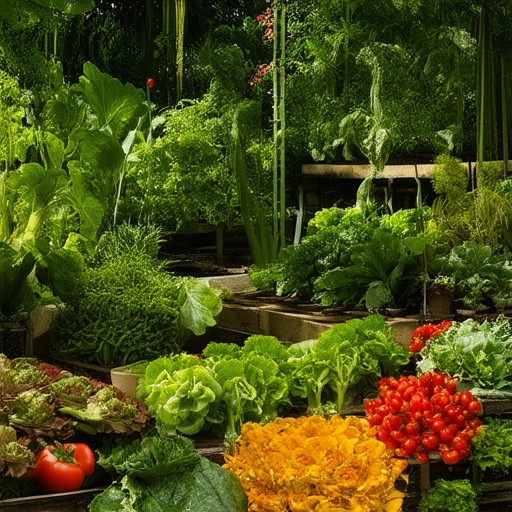
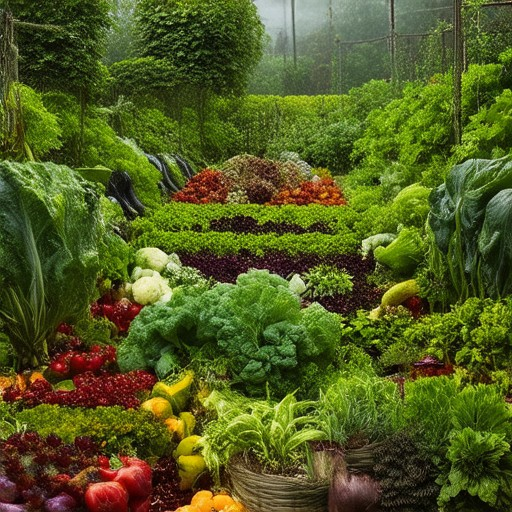
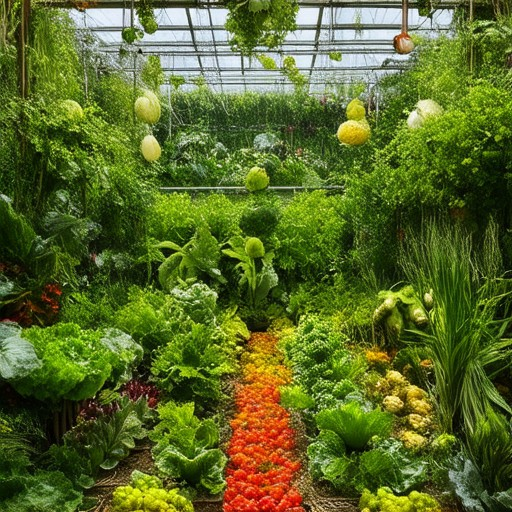


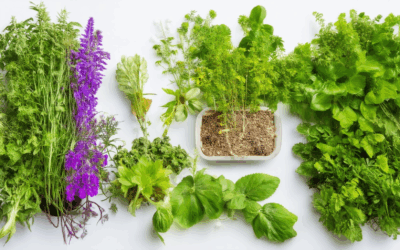
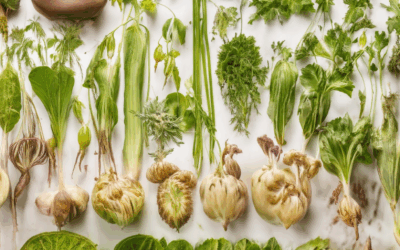
0 Comments